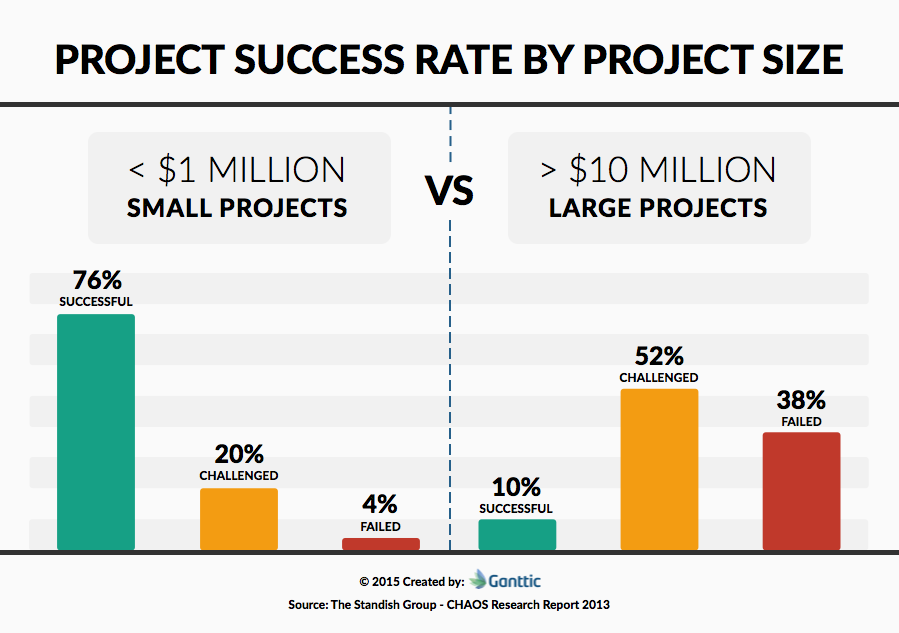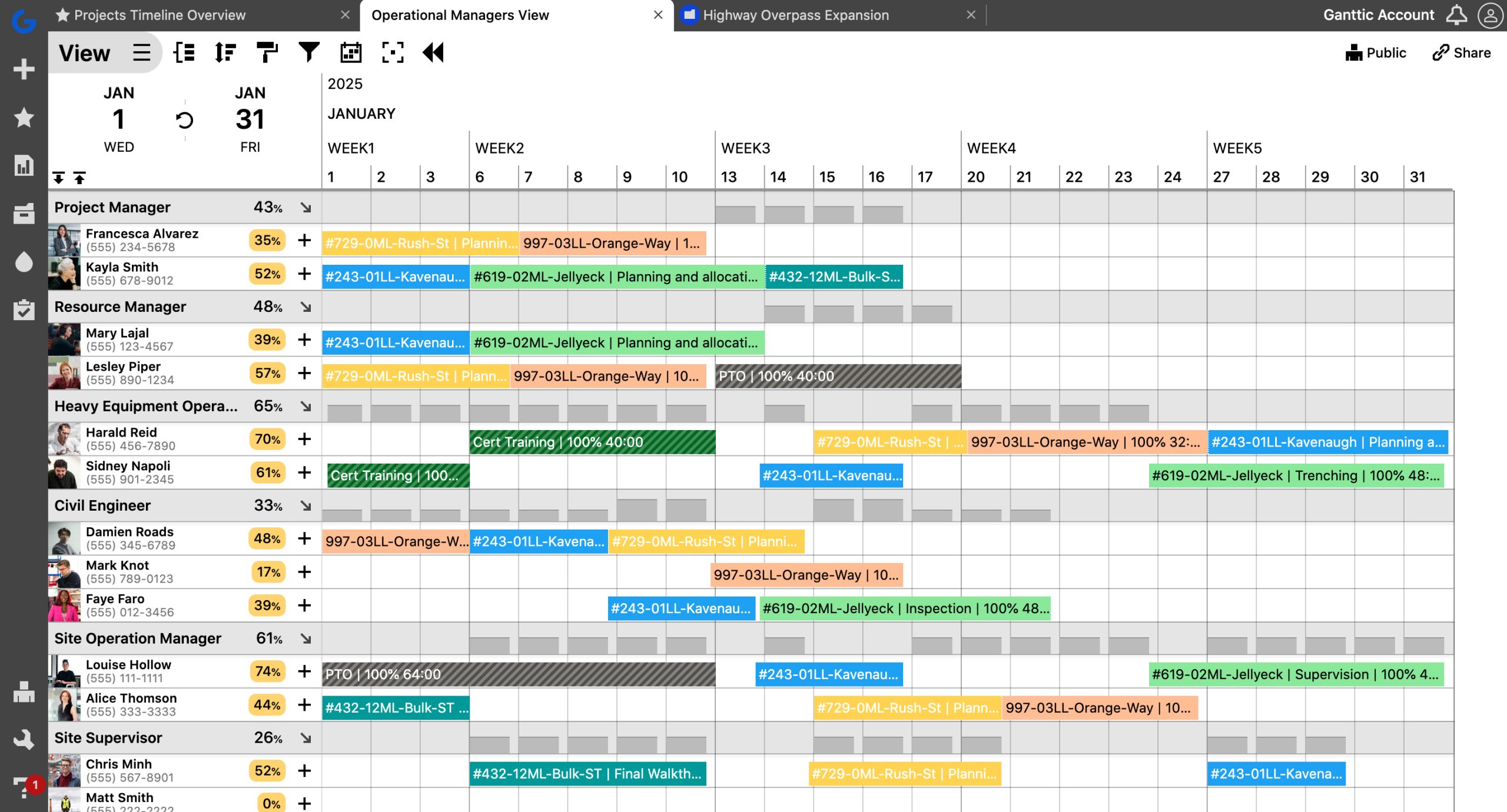Enterprise Resource Planning (ERP) is usually seen as something reserved for global entities and the so-called big dogs. Yet, you may be surprised to learn that even small and medium sized businesses (SMBs) can take their organizations to the next level with the right system in place. Discover the benefits, usage, and best resource planning platforms for any-sized organization. And see how a small business can grow to become one of the tops in their industry with a simple ERP system in place.
Origin Stories
Every company starts somewhere. Microsoft began in a garage. Facebook, a college dorm room. The next unicorn or even major cultural shift brought on by human innovation can be hiding in plain sight right now. Or maybe it’s your own organization.
For many, the difference between a set-up in their garage and reaching the big leagues is the systems and workflows that they implement early on. The best way to do this is enacting a plan for scaling. Including developing sustainable business models and using every resource available.
The key to both of those: putting resource planning practices into place as soon as possible.
What is ERP for Small Business?
Enterprise Resource Planning (ERP) software helps businesses streamline operations by integrating core processes like finance, resource planning, inventory management, HR, and customer relationship management (CRM) into a single system.
When it comes to enterprise resource planning systems, there’s often a misconception that the practice is reserved for big organizations. And an ERP platform isn’t something that a small business should bother with. But the reality is that companies of all sizes can stand to benefit from the planning and management of resources.
Traditionally used by large enterprises, ERP solutions are now tailored for small businesses (SMBs), offering scalable features that grow with your company.
Do Small Companies Need ERPs Too?
The short answer is yes.
As resource management comes in many different forms, from using simple scheduling software to mentally scheduling work for staff, every small company manager is already engaging in this practice whether they know it or not.
Even with a handful of employees, it’s crucial to utilize resource planning for a sustainable future. And ERPs can provide a lot of benefits, even for a small and medium sized business.
However, not every small business needs a full-scale ERP system. Some companies may benefit more from ERP alternatives like Ganttic, which offer focused resource planning and scheduling tools without the complexity of traditional ERP software. The right choice depends on your industry, team size, and business goals.
Read on: Check out a few of our recommendations for free business tools for startups.
What Kinds of Businesses Use ERP?
ERP software is utilized by a wide range of large, medium, and small businesses across various industries. The tool is not limited to specific sectors, as it is applicable to businesses with diverse operational needs. SMBs from sectors such as manufacturing, creative studios, engineering, distribution, services, healthcare, construction, and hospitality commonly employ ERP systems.
Check out a few of Ganttic’s case studies on how our clients employ resource planning across all types of industries!
Benefits of Enterprise Resource Planning for SMBs
Many small businesses rely on spreadsheets and disconnected software to manage different departments. As they grow, this leads to inefficiencies, data silos, and communication gaps. The best ERP for small business consolidates these functions, improving productivity, decision-making, and cost control.
Here’s a few more specific benefits for SMBs that come from utilizing a proper ERP system:
Use Resources in a Smarter Way
“You gotta spend money to make money.” Well for SMBs, sometimes there isn’t a lot of money to spend!
But with resource planning you can make schedules that utilize your people and equipment in smarter ways. You’ll see where there’s gaps in the schedule, and fill them with the appropriate resources. Things will run more efficiently, and instead of hiring an additional contractor or renting another bulldozer you’ll discover that everything you had was already on hand.
Keep Projects Within Budget
“The bigger they are, the harder they fall.” But they don’t have to!
Statistics demonstrate that small projects, (those with a budget of less than a million dollars) have a 76% success rate. Compare this to the 10% success rate of large projects with a budget of more than ten million dollars. Likewise, large projects have a 38% failed rate as opposed to the 4% failed rate in small projects.
With these kind of statistics, it’s no wonder why larger companies are drawn to ERPs. Which can provide real-time visibility into project costs and expenses. Giving a comprehensive view of the financial health of the business. An enabling businesses to make informed decisions regarding project investments, resource allocation, and cost-saving measures.

But no matter your size or budget, no project needs to fail with an ERP in place. That’s because in addition to monitoring project-related expenses, including labor costs, materials, and other expenditures, such software helps with accurate forecasting and budget planning. By analyzing historical data and project trends, the ERP system can generate reliable forecasts and estimates for future projects. Enabling SMBs to set realistic budgets and allocate resources accordingly, minimizing the risk of cost overruns.
Counteract Everyday Business Challenges
Between failure and success there’s also the projects that were challenged along the way. From the same infographic above, we can see that more than half of larger projects and almost a quarter of smaller projects met with challenges.
What are these challenges? According to the Pulse of the Professional challenges can manifest as anything from communication issues, to poor resource planning, or inaccurate forecasting. All of which can be fixed from implementing an organization-wide resource planning system.
Happier Team
Sometimes a schedule is just who’s available at the moment. But there’s other ways to think about it too. A schedule should reflect the right people and tools for the right job, and resource planning helps with that. Create schedules based not only on people’s availability, but skillsets or certifications.
For equipment, think about other special requirements, types, or even weight classes. As well as the people running said machinery. In the end you’ll develop a schedule that truly reflects your workforce and one where there’s no double-bookings or over-utilization. Meaning your team will be happier, retention will be higher, and more work can get done.
Deliver Projects on Time
Project scheduling without resource planning is only half of the picture. Because just knowing the timeline isn’t enough. And it’s resources that make projects happen. ERP helps small businesses create project schedules with less conflicts between resource demands and project demands. That helps you keep to your promised timeline and makes clients happier.
Grow More Sustainably
Where do you want to be in the next 10 years? Hopefully still thriving and doing better than ever.
For that to come to fruition, sustainable practices need to be put into place, like now! With ERP you can track your resourcing budgets and see what you’re actually paying to get the work done. Use it to compare plans to reality and see where cuts can plausibly be made. All this helps you grow at a healthier pace, and set the wheels in motion for a more s

Cons of Enterprise Resource Planning
Yet for every positive aspect of an ERP, there’s downsides as well. And especially for small business, expect to see the following cons of ERP.
- Difficulty for all employees to use – ERPs are notoriously complicated and the learning curve is something that many SMBs don’t have the time and resources to learn and master.
- Lengthy migration process – time is money, and the length of time needed to implement your ERP software can be more than some are willing to invest.
- Not every system integrates with other work tools – It’s unlikely that you’ll be using just one tool in your daily business operations. And unless your ERP comes with an API, it can be hard to keep all your info organized and in one place.
- High costs – Want your whole team to stay connected to the resource planning? Then expect to pay. How much exactly?
How Much Does ERP Cost?
Not to scare anyone away from implementing an ERP, but they don’t come cheap! Average annual project costs per user are about $8,265. And implementation costs anywhere from $150,000 and $750,000 for a mid-sized business. This is something that maybe a larger organization can swing, but for a SMB this figure is definitely hard to swallow.
ERP is a great solution for large and small businesses alike. Yet, with the high costs, it can be difficult to take the plunge into implementing a brand new system. But for managers looking to dip their feet into the resource planning pool, then going with a lite-ERP solution might be a better option.
Best ERP for Small Business: Top Solutions to Consider
Finding the best ERP for small business means choosing software that balances affordability, scalability, and usability. Here are some of the top options to consider:
1. Ganttic – Best for Resource Planning and Project Management

Why Choose Ganttic?
Ganttic has many of the same features of on-premises ERP, but without the costs, difficulty, or lengthy setups. A cloud-based resource management system with unlimited users, you can effectively create schedules, track projects and resources, and share it with the team. The open API means Ganttic can fit in alongside all your other favorite work tools with skipping a beat. Plus, extensive security protocols and project management features means the tool can grow alongside your company without holding you back.
Key Features:
✔ Intuitive visual resource planner
✔ Customizable reporting and dashboards
✔ Seamless integrations with other business tools
✔ Scalable for growing teams and projects with competitive pricing
✔ Free onboarding and support
2. NetSuite – Best for Comprehensive ERP Features
NetSuite is a cloud-based ERP solution that covers financials, CRM, inventory management, and HR. It’s ideal for small businesses planning rapid growth but may have a steeper learning curve and higher costs compared to simpler alternatives.
Key Features:
✔ All-in-one ERP solution
✔ Advanced reporting and analytics
✔ Scalable for medium to large businesses
3. Odoo – Best Open-Source ERP for Small Businesses
Odoo offers an affordable and customizable open-source ERP, making it perfect for small businesses that want modular ERP functionality. You can start with essential features like CRM and accounting, then scale up as needed.
Key Features:
✔ Open-source and highly customizable
✔ Pay only for the modules you use
✔ Strong community support
4. Zoho ERP – Best for Affordability and Usability
Zoho ERP is part of Zoho’s extensive business suite, offering budget-friendly ERP features for small businesses. It’s great for SMBs that need an easy-to-use platform with built-in integrations for sales, finance, and inventory management.
Key Features:
✔ Affordable pricing plans
✔ User-friendly interface
✔ Strong automation and AI tools